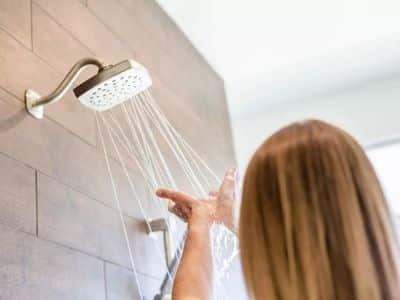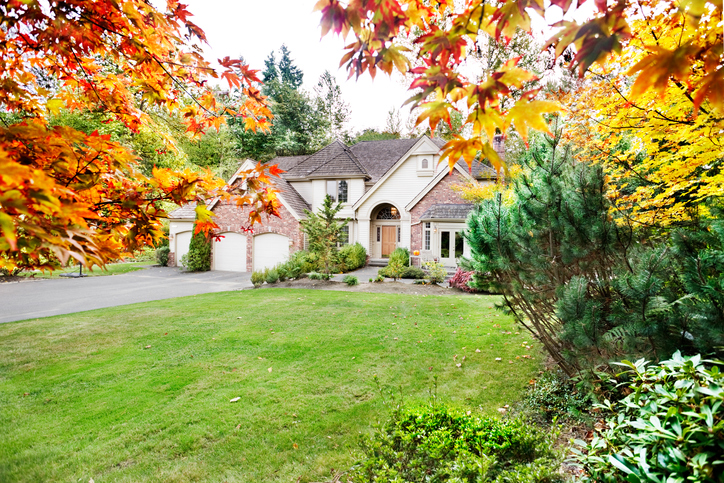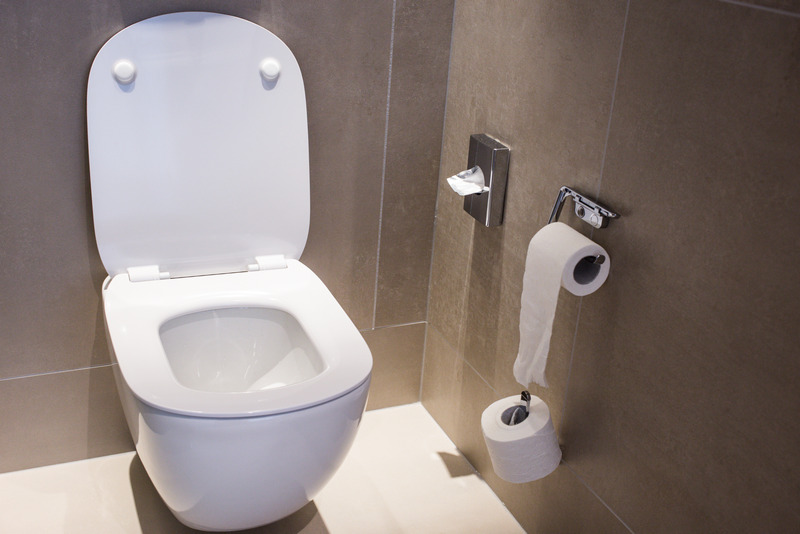Hard water is a common issue in Utah homes, leaving mineral deposits on faucets, appliances, and pipes. These minerals, primarily calcium and magnesium, can reduce appliance efficiency, cause buildup in pipes, and make daily cleaning more difficult. Installing a water softener system in Salt Lake City is an effective way to combat hard water and enjoy cleaner, healthier water. In this article, we’ll explore the key benefits of soft water in Utah homes and why a professional installation is worthwhile.
1. Protect Your Plumbing System
Hard water leads to scale buildup inside pipes, reducing water flow and potentially causing blockages. Over time, this can shorten the lifespan of your plumbing system. A water softener removes minerals before they enter your plumbing, protecting your pipes and reducing the risk of clogs and costly repairs.
2. Improve Appliance Efficiency
Appliances like water heaters, dishwashers, and washing machines work harder with hard water, reducing efficiency and increasing energy consumption. By installing a water softener in Salt Lake City, homeowners can extend appliance life, improve performance, and reduce energy bills. Soft water helps prevent mineral deposits that can damage heating elements and other internal components.
3. Enhance Cleaning and Laundry
Soft water allows soap and detergents to lather more effectively. This results in cleaner dishes, softer laundry, and less soap residue on surfaces. Homes with whole house water filtration in Utah County enjoy less scum buildup on sinks, showers, and tubs, making daily chores easier.
4. Better Skin and Hair Health
Hard water can leave skin feeling dry and hair looking dull due to mineral buildup. Soft water helps keep skin and hair smoother, cleaner, and healthier, making it a noticeable improvement for families using the system daily.
5. Eco-Friendly and Cost-Effective
Water softeners reduce the need for harsh cleaning chemicals and detergent, which is better for the environment. Additionally, by preventing buildup in pipes and appliances, homeowners save money on repairs and energy bills over time.
Installing a water softener system in Salt Lake City provides numerous benefits for Utah homeowners, from protecting plumbing and appliances to improving water quality for daily use. Soft water is easier on your home, your family, and the environment.
For professional water softener installation in Utah, contact Valley Plumbing and Drain Cleaning. Our team can recommend the best system for your home and ensure proper setup for long-term results. Contact us
to get started today.






